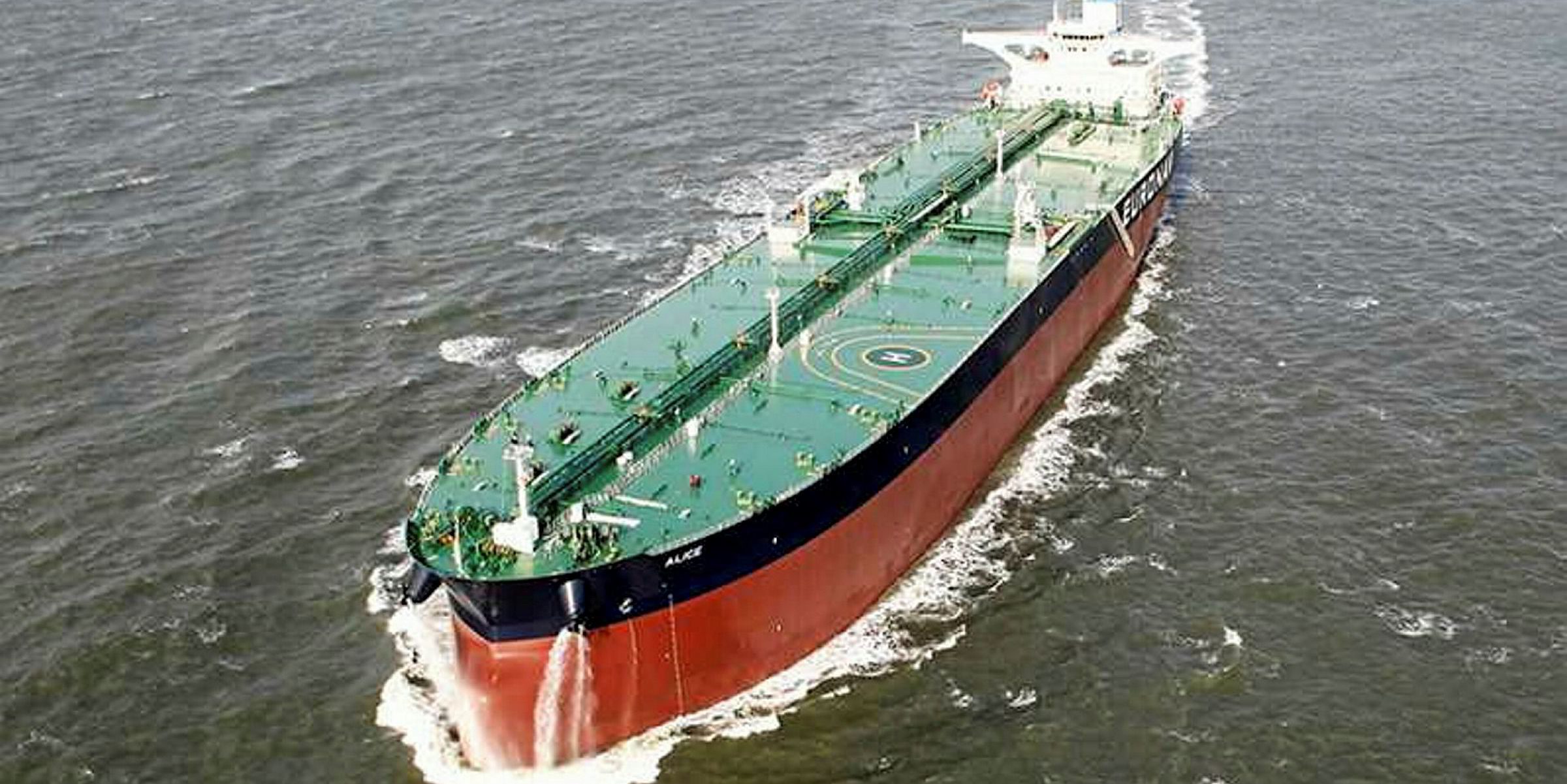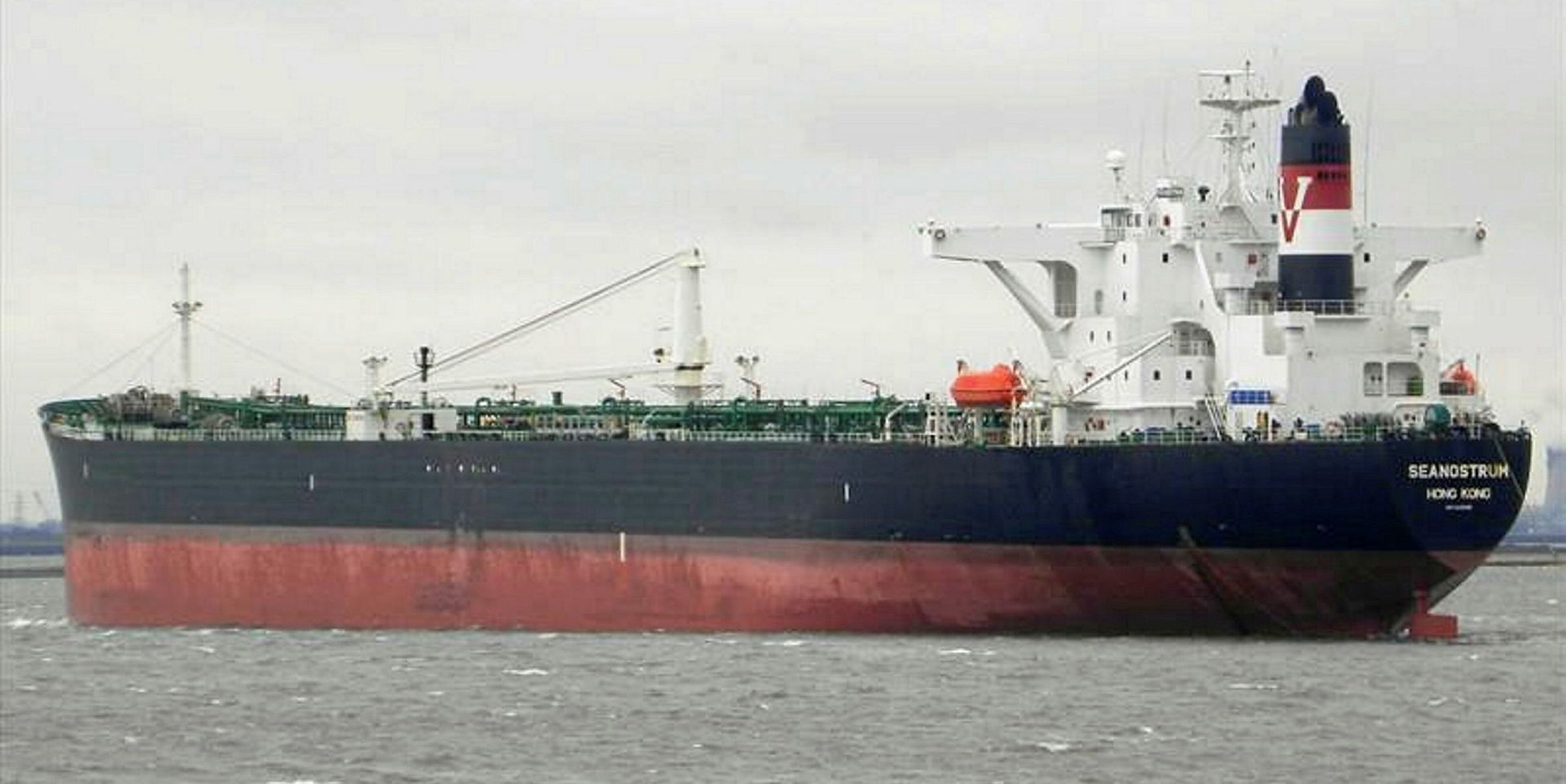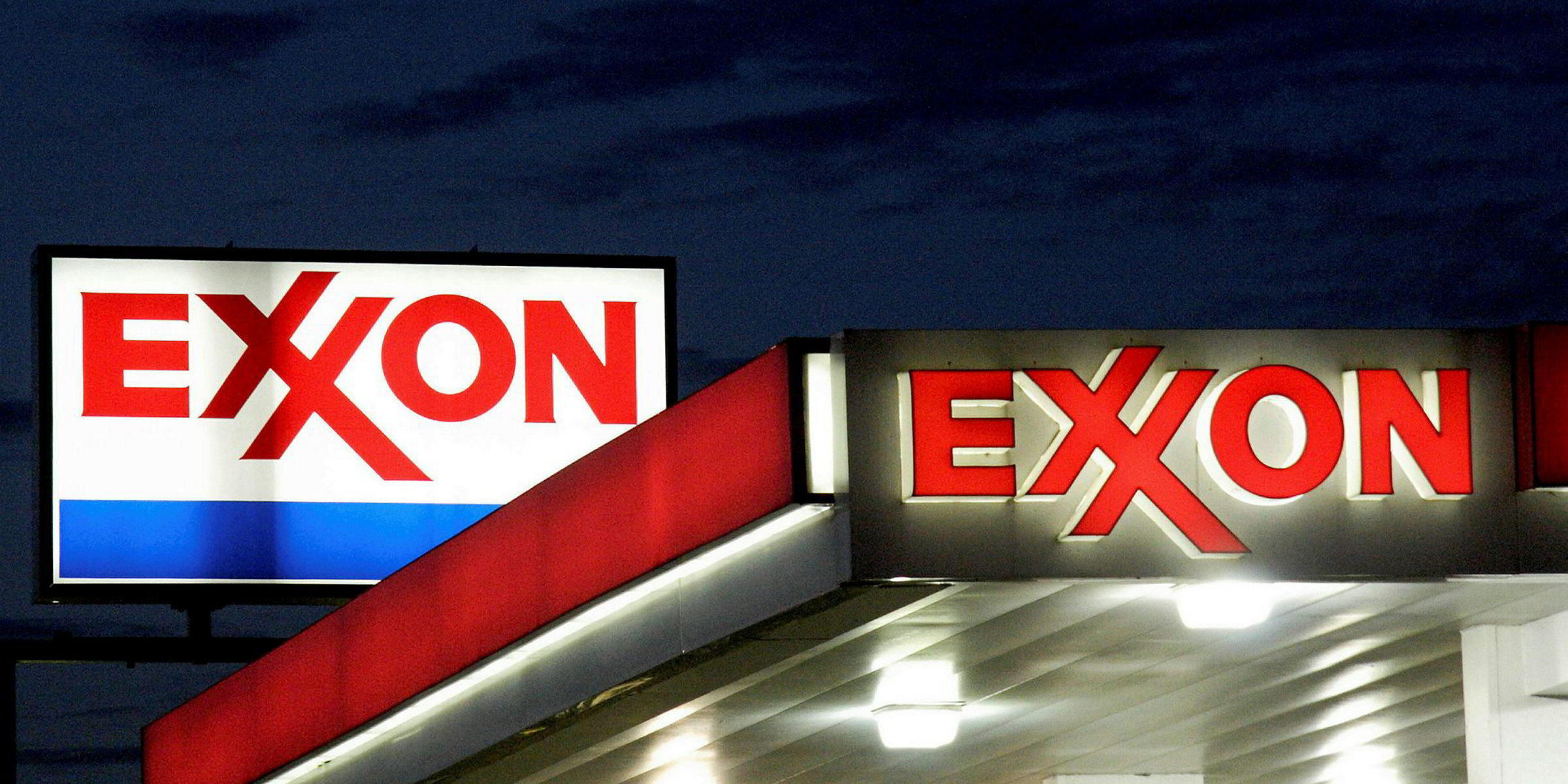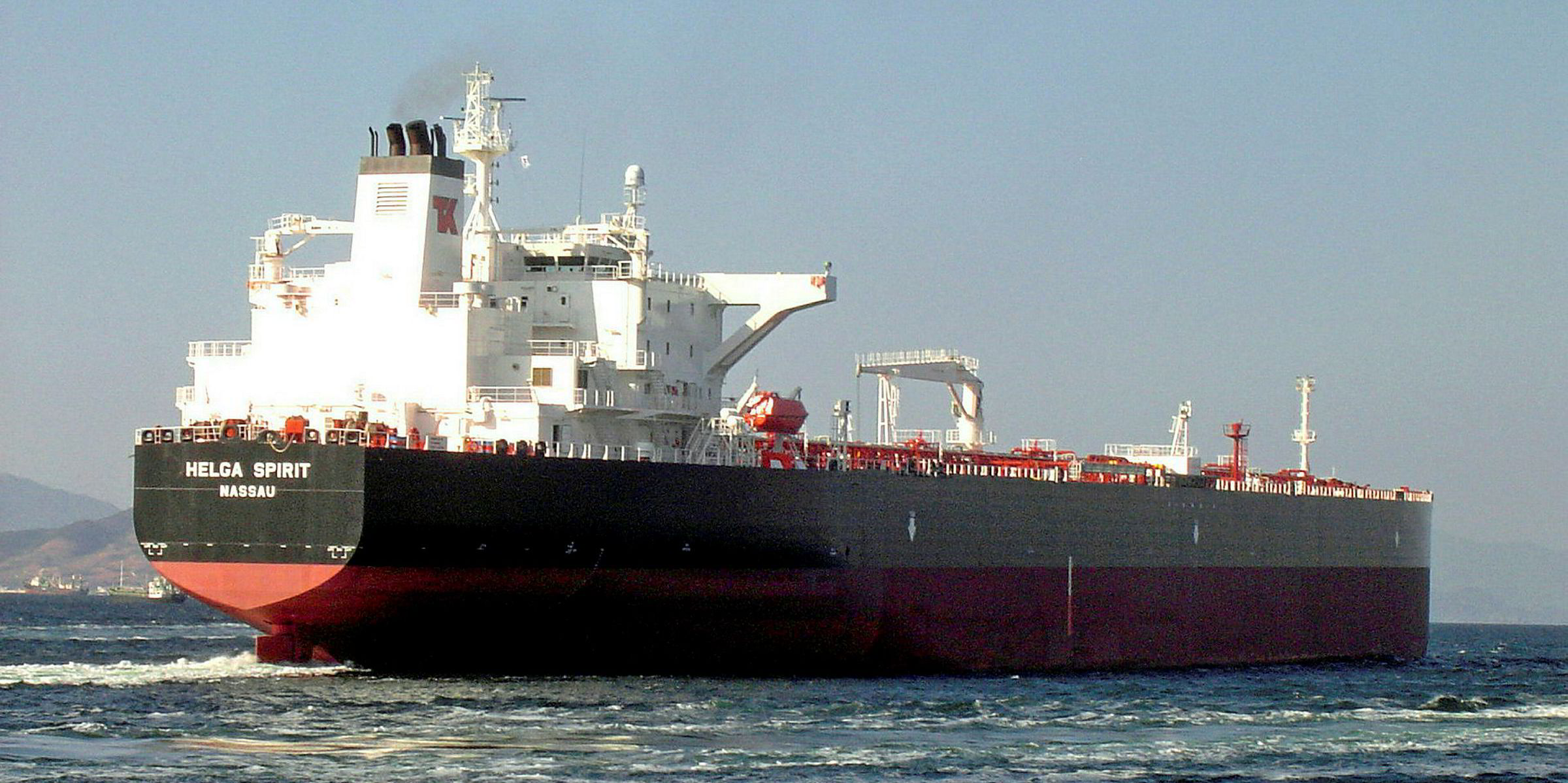VLCC rates on US-to-Asia routes have tumbled to below break-even levels, with record Gulf Coast exports outweighed by broad market weakness amid an output cut by Opec.
Some market participants say that in the near future, arbitrage flows from the US and forced sales from Venezuela could offer a floor to rates, although bigger US volumes are a more likely prospect.
The lump sum VLCC rate for the US Gulf-China trade was assessed by the Baltic Exchange at $5.39m at the start of this week, down 18% from 31 January.
On a time-charter equivalent (TCE) basis, Howe Robinson estimates VLCC earnings for US Gulf-Singapore at about $20,800 per day, compared with a year-to-date average of $33,600.
Recent features
Among recent fixtures, Euronav’s 299,320-dwt Alice (built 2016) was fixed by SK Energy to lift 270,000 tonnes of crude between 9 and 11 March for a US Gulf-South Korea voyage at $5.55m, according to pool manager Tanker International which operates the ship.
This is equivalent to $23,900 on a TCE basis, lower than its break-even level of $29,200. The Alice previously carried 280,000 tonnes of crude from the US Gulf to China for $6.9m.
The sharp falls reflect anticipation of spill-over of oversupplied tonnage in the east-of-Suez market, as Middle Eastern crude producers contribute the bulk of Opec’s 812,000-barrel-per-day (bpd) production cut in January to June, according to brokers.
“The reduction in the East has had a knock-on effect in the Atlantic basin,” Galbraith’s says in a note to clients.
Tanker International data shows 137 VLCC fixtures lading from the Arabian Gulf this month, down from an average of 166.
In contrast, US crude exports have continued to flirt with record highs, driven by rising shale output.
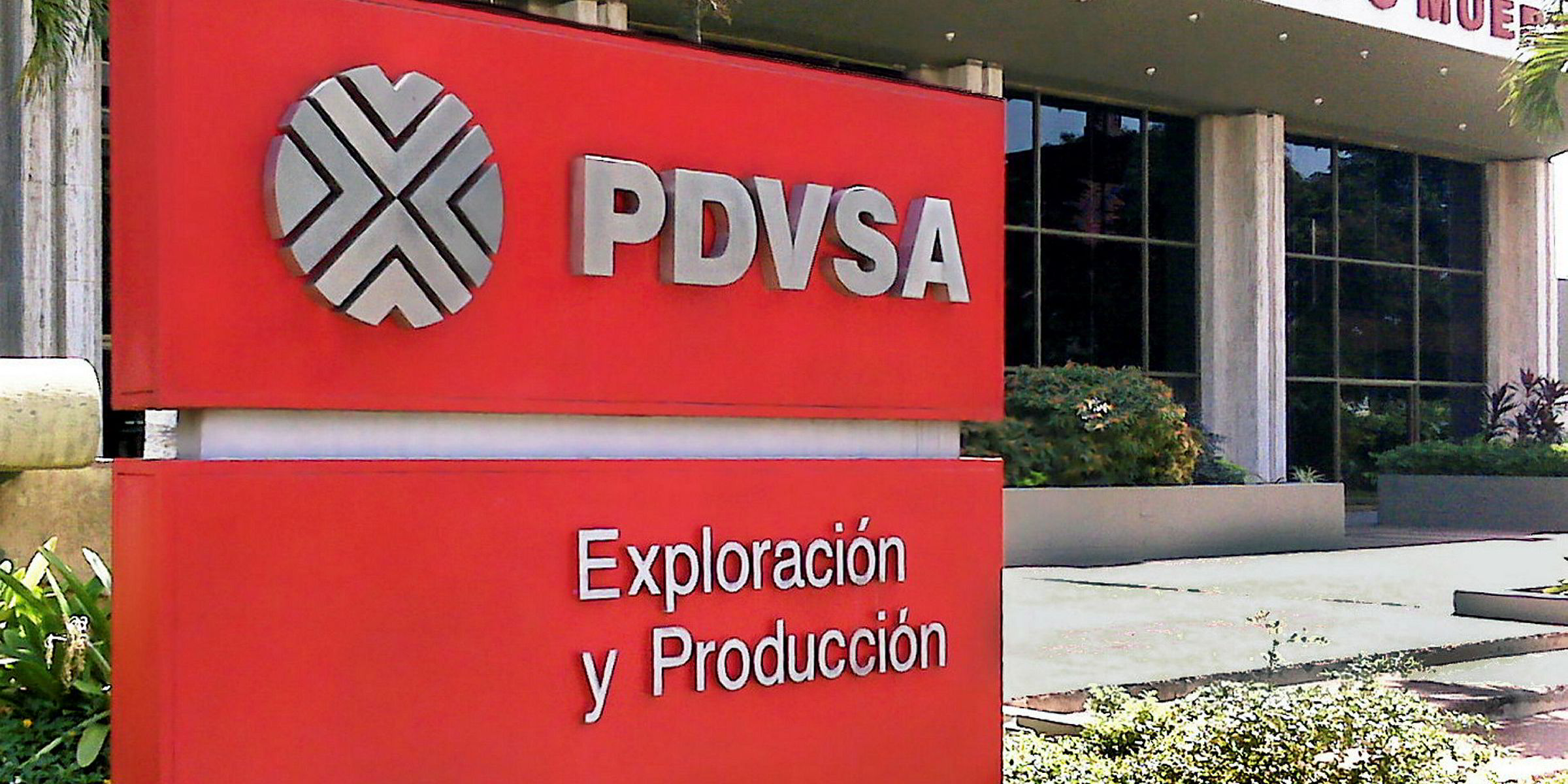
Venezuela is likely to need to use its storage tanks and export logistics on Caribbean islands such as Curacao to increase VLCC-based exports to Asia
Braemar ACM
Seaborne crude exports from the world’s largest oil producer reached another all-time high of 2.14 million bpd in January, up 72,000 bpd from the previous month, according to Kpler.
While China has significantly reduced purchases of US crude due to trade tension, South Korea has stepped up and hiked its imports to 360,000 bpd over the past two months, ClipperData commodity research director Matt Smith tells TradeWinds.
Fixture activity suggests US crude exports this month remain strong. As the VLCC market turns its attention for March-loading cargoes, the recent freight weakness could be a blessing in disguise as it improves arbitrage economics, says a New York-based broker.
“The arbitrage is open … with weak freight markets [traders] will move more,” supporting vessel demand, he adds.
Looking southwards, analysts, including those at JP Morgan and Clarksons Platou Securities, expect a possible rise in VLCC rates with more long-haul shipments from Venezuela.
Bullish outlook
In their bullish scenario, Venezuelan crude can be shipped to Asian destinations such as China and India after losing access to its top buyer, the US, boosting overall VLCC tonne miles. This is in addition to risk-taking owners enjoying premiums when trading in Venezuela.
However, others pointed out that Opec members might be struggling to find buyers and a further reduction in crude production and exports is not out of the question.
Having imposed sweeping sanctions on Venezuela’s oil sector and state-run oil firm Petroleos de Venezuela SA (PDVSA), the US has stopped exports of heavy naphtha to the country, which are used to dilute its extra-heavy crude.
“If PDVSA cannot find another source for diluent in a relatively short period of time, Venezuela’s crude oil production is likely to decline,” according to the US Energy Information Administration.
Based on the US sanctions, non-US entities cannot purchase Venezuelan crude with the greenback, making the trade more difficult for most potential buyers.
Cargo arrests
Moreover, the piling debts of PDVSA suggest that buyers of Venezuelan crude could face more risks related to cargo arrests, according to Braemar ACM.
“Venezuela is likely to need to use its storage tanks and export logistics on Caribbean islands such as Curacao to increase VLCC-based exports to Asia. But governments of these islands are more likely to permit PDVSA’s creditors to seize its oil to make good prior debts,” the brokerage said.
While Venezuela exported 500,000 bpd to the US last year, Braemar ACM estimates the volumes shifted to Asia might be at 150,000 bpd to 200,000 bpd at best.
